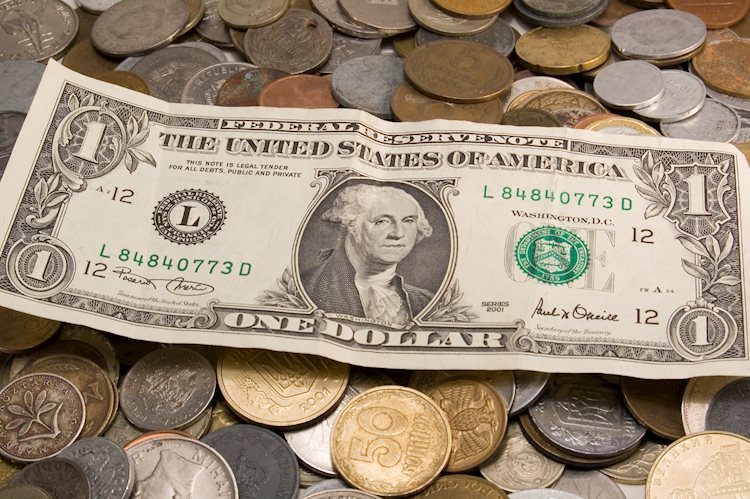
Bitcoin (BTC) has emerged as a better hedge against inflation compared to the United States dollar, according to the U.S. Federal Reserve. In a blog post released by the St. Louis Fed, the anonymous author compares the buying power of Bitcoin and the U.S. dollar by using the example of purchasing eggs, and the results are surprising.
While Bitcoin holders may have numerous use cases for their BTC holdings beyond buying eggs, the blog post aims to demonstrate Bitcoin’s comparative buying power. To do this, the author measures the price of a dozen eggs in BTC and U.S. dollars since January 2021. The post concludes that the price of eggs in Bitcoin fluctuates significantly more than it does in U.S. dollars, ranging between 2829 and 6086 satoshis.
In addition to the fluctuating price, Bitcoin transactions also incur fees, which can vary from around $2 to occasional spikes above $50. However, the charts included in the post show that since December 2022, the number of satoshis needed to purchase a dozen eggs has decreased more than the equivalent in U.S. dollars. As of August 2023, BTC holders require 70% fewer satoshis for this purchase, while the decrease for U.S. dollars is 58%.
Comparing the prices at the start of 2021, it is evident that the cost of eggs is higher in both currencies. However, the arbitrary timeframe comparison offers less insight. At that time, the BTC/USD exchange rate was similar to its current level, and the U.S. Consumer Price Index (CPI) year-on-year increase was below the Fed’s 2% inflation target. Therefore, only a longer-term analysis provides a true understanding of Bitcoin’s performance.
The price of eggs in 2023 is only a fraction of what it was in Bitcoin’s last pre-halving year in 2019. Consequently, the “eggflation” witnessed in 2023 appears insignificant in the broader perspective. On the other hand, the price of eggs in U.S. dollars has increased significantly. In mid-2019, the average price per dozen eggs was barely above $1.20, which is 40% less than the current average.
The U.S. Dollar Index has recently surged to near one-year highs, drawing attention to the strength of the greenback. Analysts suggest that actions taken by foreign states may seek to address this imbalance as their currencies falter. Additionally, warning signs of a looming recession are evident within the U.S. economy. The Fed’s own data indicates that there is a near 60% chance of a recession in 2024. Furthermore, bond yields are rising rapidly, resulting in what is known as “bear steepening.”
In conclusion, the St. Louis Fed’s blog post inadvertently highlights Bitcoin’s ability to outperform the U.S. dollar in terms of withstanding inflation. While the example of purchasing eggs may seem trivial, it demonstrates that Bitcoin has provided a better store of value in the face of increasing prices. As the U.S. economy faces the possibility of a recession, Bitcoin’s resilience becomes even more significant.






